Lily is a panda or Ailuropoda melanoleuca cub who has recently been sent off into the world alone by her mother. It's not that her mother is cruel, but Lily is two years old and panda cubs only stay with their mothers from one to two years. Lily experiences many new things such as getting food for herself, encountering new species and challenging obstacles. She even has a very heartrending experience with panda hunters and poachers. Join Lily on her adventure as she enters a new chapter in her life and struggles to survive in her perilous new world. Join Lily on her adventure and learn about pandas on the way!
After Notes
What is "Real" about Pandas in the story and what is fictionalized
Like Lily, many pandas leave their mothers within 1-2 years of birth. Since pandas are shy ceatures when it comes to meeting other species, Lily and Shi Shi's relationship is not likely to happen in the wild. I chose these two species (Giant Panda, Arboreal Golden Monkey) because both are endangered species due to the same causes: poaching and destruction of habitat. We see the effects of poaching when Shi Shi's family is taken away and when Lily discovers Kiki without her paws. Kiki's paws missing is something that happens commonly with pandas in the wild, because people believe that the paws hold special powers. Lily repeats that she was only 15, which is a young age for a panda to die, but many wild pandas today only live to be about twenty, if they are fortunate enough. The reader may have noticed that Lily eats alot of bamboo and is seen eating a lot of bamboo. This is because the panda's digestive system is most equiped for fish, and bamboo doesn't have many nutrients. As a result, pandas spend about 15 hours a day eating bamboo. The reader also may have noticed Lily's keen sense of smell; well this is how pandas identify one another. So, when Tan was courting Lily, they identified each other with their keen sense of smell. Male pandas do not stick around to help raise the cubs, so Tan staying as a companion with Lily is not found in the wild, however mothers do carefully carry their young in their mouths.
Pandas in Zoos
Many pandas today live in captivity, or in zoos. This is because pandas are so endangered that China issued programs in order to help replenish the population. Unfortunately because pandas are picky about their partners and females only are only fertile 2-3 days out of the year, breeding pandas is very difficult and the chances of cubs surviving in captivity have also been small.

Note: The area in which you see the panda is only the "sowing" area and not the panda's home. As you can see in the back of the photo the panda(s) has (have) a spacious area full of bamboo and other plants in its habitat.
Reviews
People References:"Informative, and a nice story"-Dr. Briddell
"A very cool story that gave a lot of information"-Mary Battle
"I learned the basics about Giant Pandas, very cool story!"-Marissa Simmons
Information on the Internet
- Meet the Pandas Has a very informative interactive unit.
- Creature Feature Also has a very informative interactive section.
- Absolute Pandas Offers general information.
- Giant Panda, Ailuopoda Melanoleuca Gives more of a scientific aspect of pandas, but for a younger audience (kids).
- Giant panda, Ailuopoda Melanoleuca Also offers general information.
- Giant panda, Ailuopoda Melanoleuca Gives a great scientific description of pandas for kids.
- Giant Pandas Another great site for kids who are researching pandas.

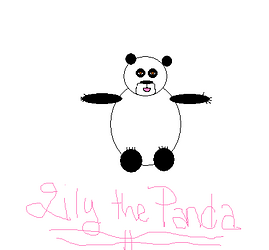
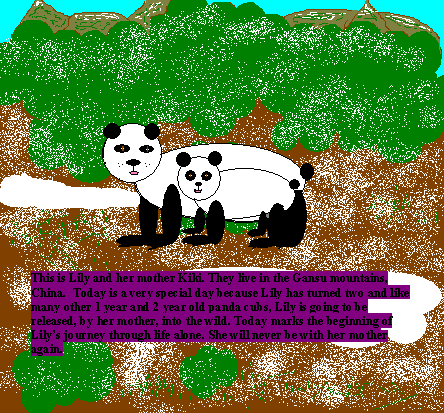
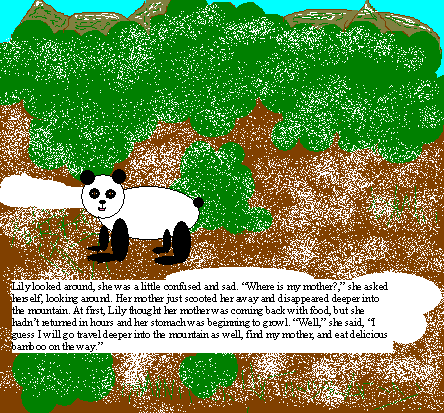
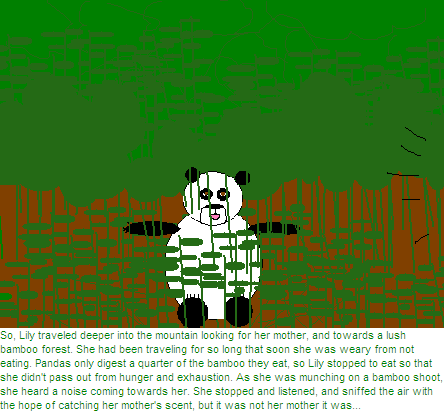

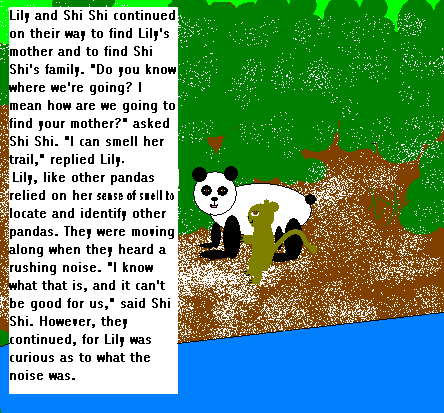


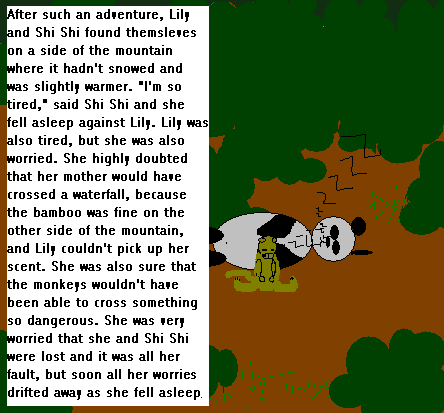


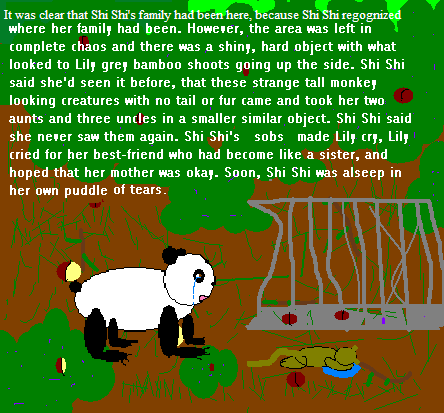
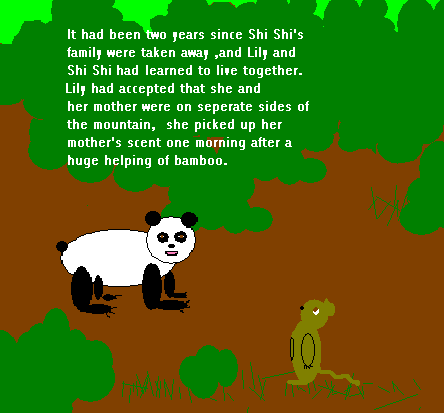
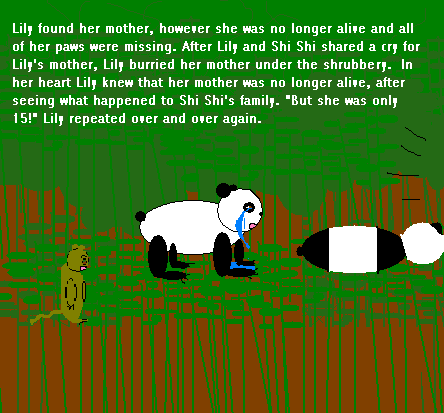

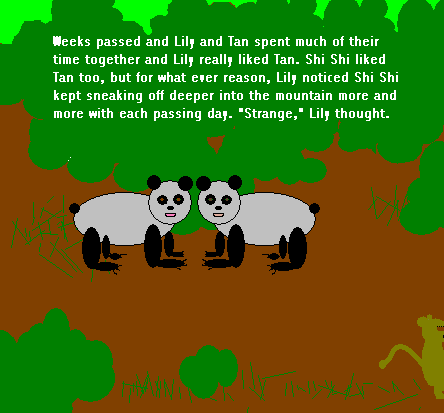
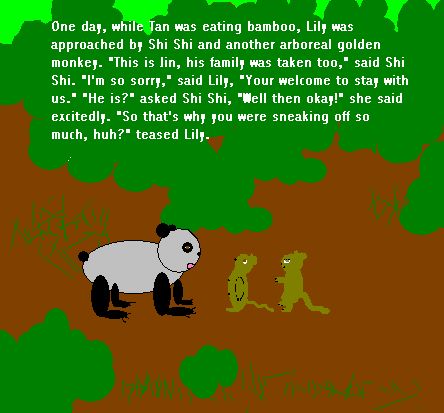



 Go to quick links
Go to quick search
Go to navigation for this section of the ToL site
Go to detailed links for the ToL site
Go to quick links
Go to quick search
Go to navigation for this section of the ToL site
Go to detailed links for the ToL site